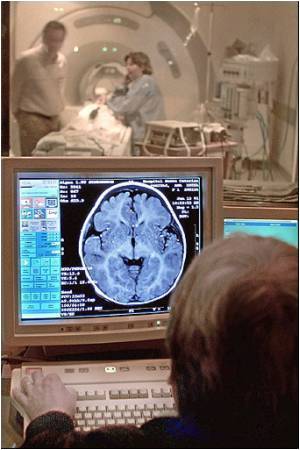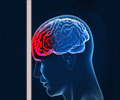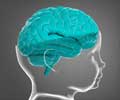What happens after a traumatic brain injury (TBI) is better understood through positron emission tomography (PET) together with magnetic resonance imaging (MRI), powerful imaging techniques.

The paper reports the first study to use repeated PET and MRI of live animals to characterize the long-term progressive functional and structural brain changes that occur following experimental TBI. The model used is the lateral fluid percussion injury model in rats, the most widely utilized and validated animal model in basic TBI research. The images were assessed using a variety of sophisticated, state-of-the-art image analysis approaches.
Widespread decreases in brain functioning were seen in specific brain regions, many of which are remote from the site of direct trauma and unaccompanied by signs of injury on the MRI. The hippocampus, a brain structure critical to memory and emotion, is the key area of these changes. This may have implications for the pathophysiology of some of the long-term neurological and psychiatric morbidity, seen following TBI, even when abnormalities are not obvious on structural MRI. The severity of the neurological deficits and changes on MRI soon after the injury is predictive of severity of long-term neurodegenerative changes.
Traumatic brain injury is a leading cause of death and disability in children and young adults around the world. Long-term disabilities following TBI include: cognitive disabilities such as disorders in attention, memory, learning and executive functioning; psychiatric and behavioral problems including depression, anxiety, aggression, agitation and social inappropriateness; and epilepsy. Currently there are no effective interventions to reduce the incidence or severity of these problems.
The findings of this study indicate that secondary structural and functional changes in the brain continue to occur for many months post-TBI, which has implications for understanding the mechanisms underlying the long-term neurological and psychiatric consequences. Importantly, these findings indicate that there is a time window during which intervention could modulate these processes and mitigate against these disabling consequences of TBI.
This study has also provided a practical paradigm for testing the biological effectiveness of potential therapies prior to embarking on expensive and lengthy clinical trials. "The approach would also be applicable to the study of other neurological diseases, such as stroke, dementia, multiple sclerosis brain infections and epilepsy, which are associated with long-term progressive degenerative changes in the brain," Bouilleret said.
Advertisement
Source-Eurekalert















